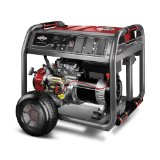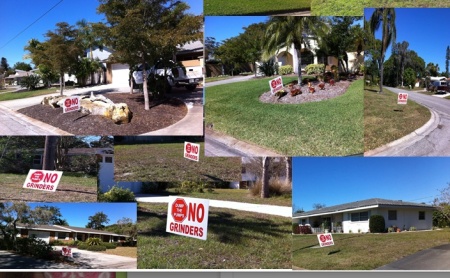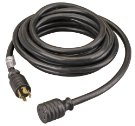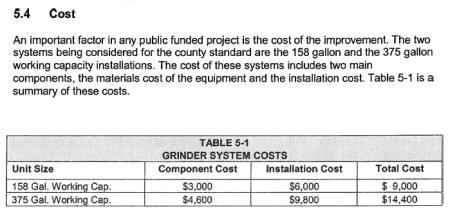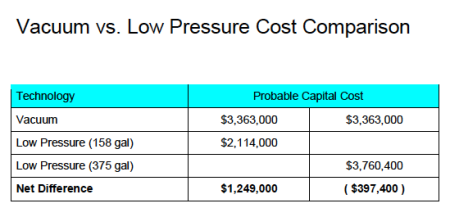but first, a letter to the Commissioners
Prior to the May 14th Budget Workshop our neighbor Walt Menzel emailed the Commissioners regarding our neighborhood sewer project. Two points Walt made:
(1) for areas already completed, “Mr. MacFarlane, Sarasota County, indicated that the total cost per home ranged from $9,000 to $13,000. He also indicated that every property owner pays the same price of $5,400. This means that some homeowners got a better deal than other homeowners. Of course, this makes sense and is expected as just the way government programs work. It is a way to spread the program cost out over many people”
(2) [the N3 area] is one of the most environmentally sensitive areas of the program, [having] significant direct exposure to Phillippi Creek.
Commissioner Robinson’s response
“I appreciate your sentiments about pollution and cost spreading, but in reality we have a great big balancing act full of more variables than that. One thing I can promise you, we are reviewing N-3 and now the whole Septic Replacement System with the suggestions and ideas of the residents of N-3 in our minds.
Thank you for participating in the public process, your participation is making government better”.
May 14th meeting
This Budget Workshop had some real significance for our neighborhood! Although not listed on the agenda, Commissioner Robinson introduces N3 into the discussion (17:40). During the following conversations George MacFarlane states at least three times (20:38, 21:50, 22:18) that “N3 is presently funded for $3,000,000”. This is particularly good news because although Mr. MacFarlane claims a vacuum system for N3 could cost “as much as $3,600,000”, the N3 Committee Review has shown a more realistic estimate of $2,630,558.
Commission approval
Although the official minutes have not been posted, this is on the meeting website:
Approved Option 2, to complete the current five year Capital Improvement Program using $8.4 million Surtax 3 funding with $12.5 million from the State Revolving Fund and to complete 12,430 total connections (82 percent of the Phillippi Creek Septic System Replacement Program)
what’s next?
The May 14th meeting was the third budget workshop this year. There are two more scheduled in June (12th and 21st) and a final workshop is scheduled for Aug 20th. The final budget will be adopted at Public Hearings in September.And don’t forget… we have an N3 “policy discussion” meeting coming up sometime in June.
watch the meetings
I encourage everyone to go online and view the meetings… watch the entire proceedings or go to the time stamps I have listed.
Here’s how: go to scgov.net. On the right hand side of the homepage click on the blue box that says VIDEO CENTRAL. Cursor over to left side menu, click on County Commission. Find BCC Budget Workshop May 14, 2013, Video. That’s all there is to it!
This is a great resource we have to be able to sit in on these meetings from the comfort and privacy of our homes. How many communities have this service?… my guess is not many. With our laptops and PCs we should all be able to participate. And as Commissioner Robinson tells us, our participation is making government better.

